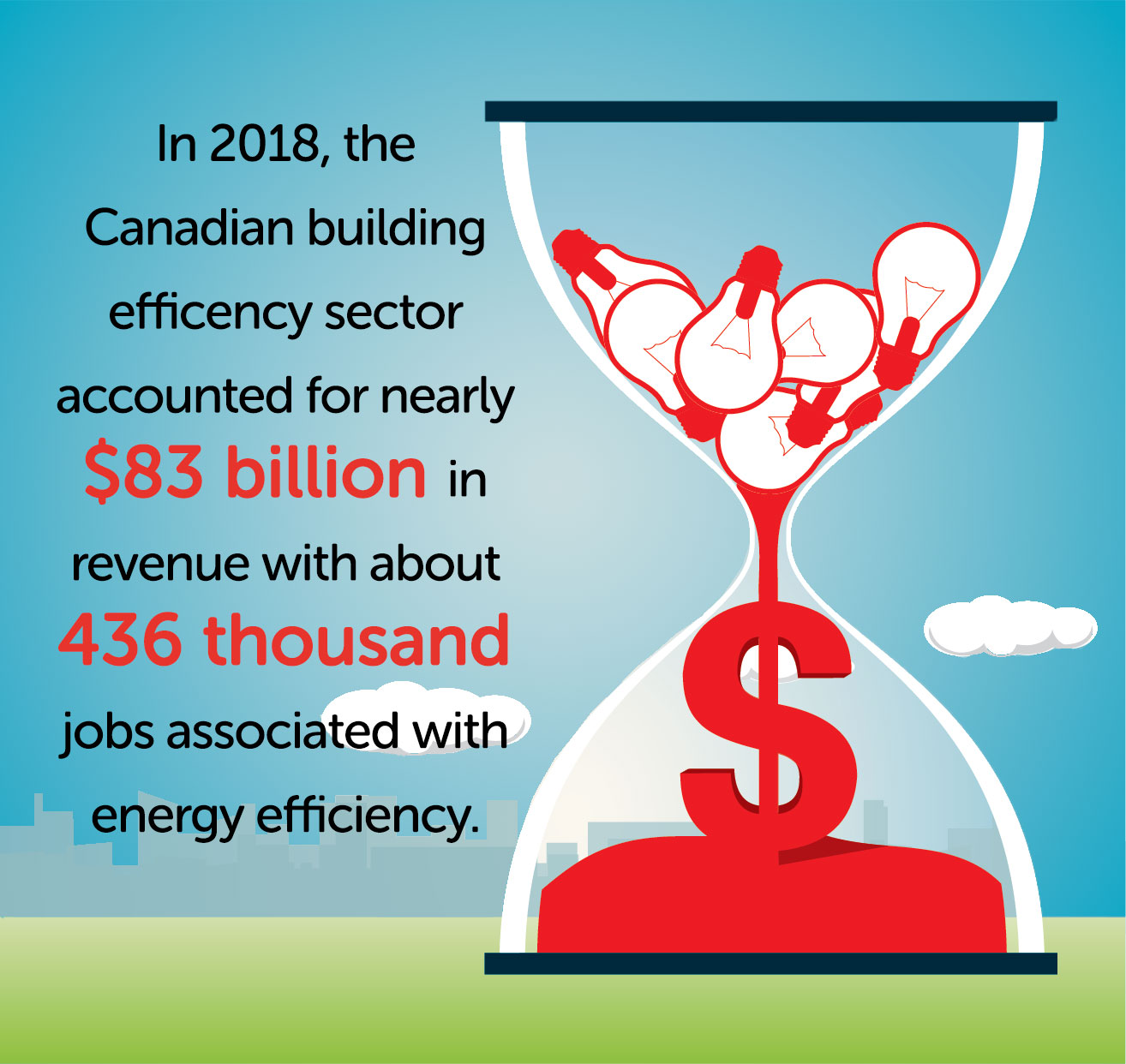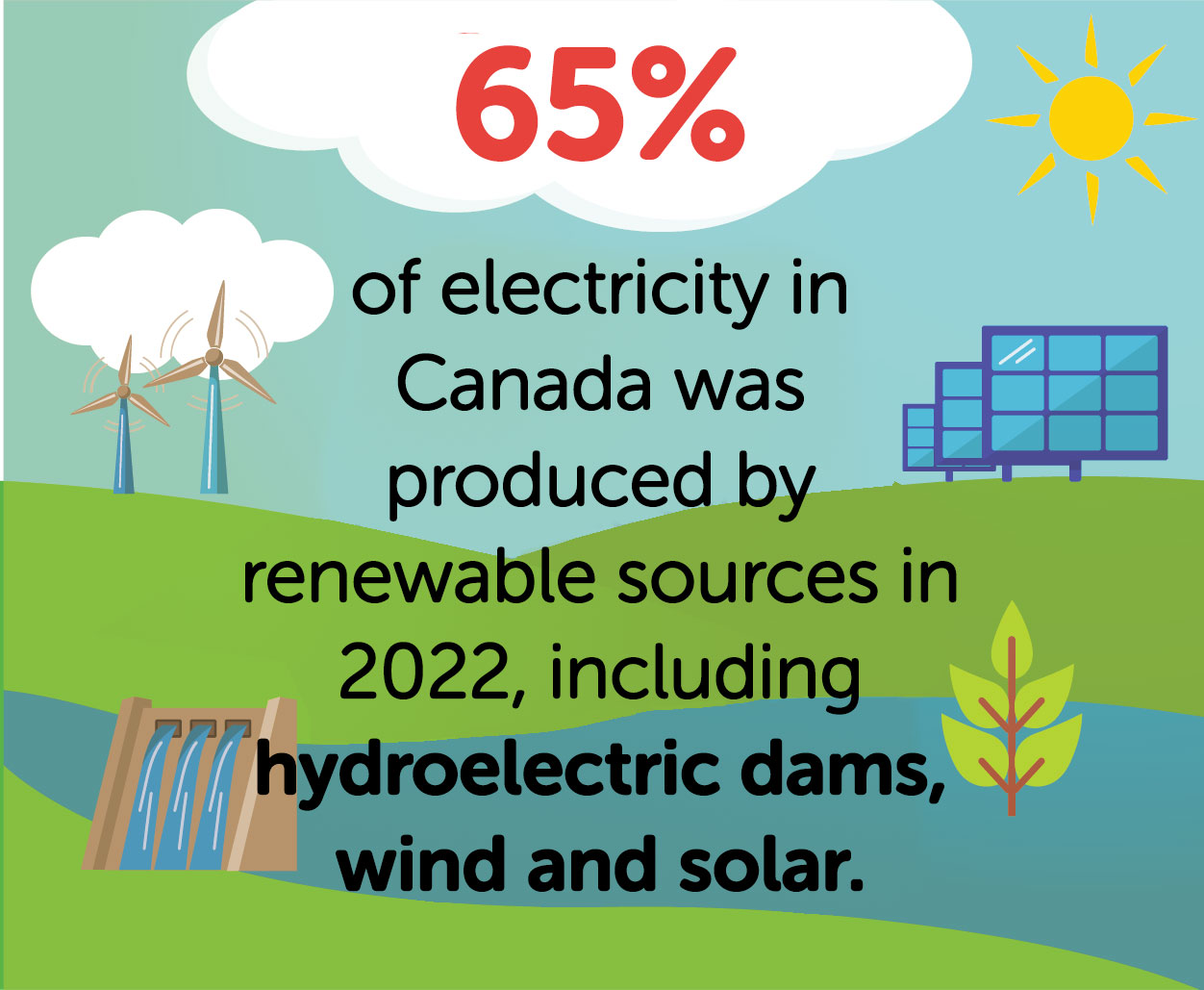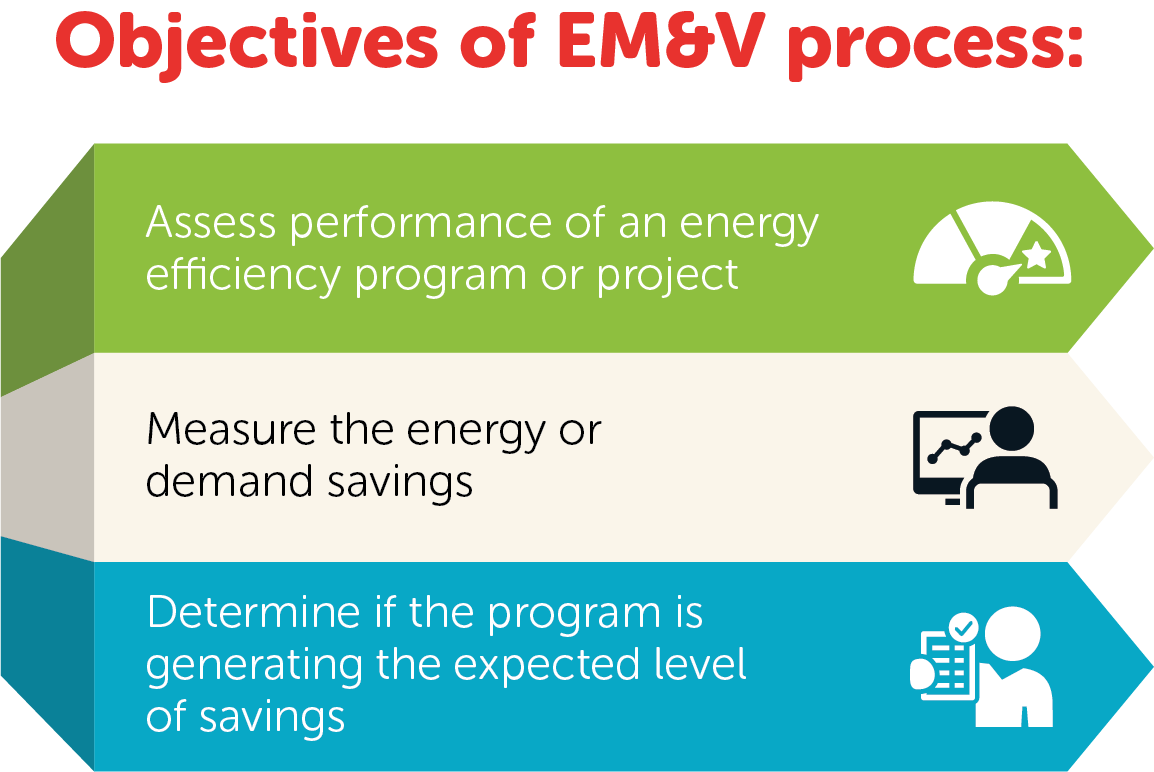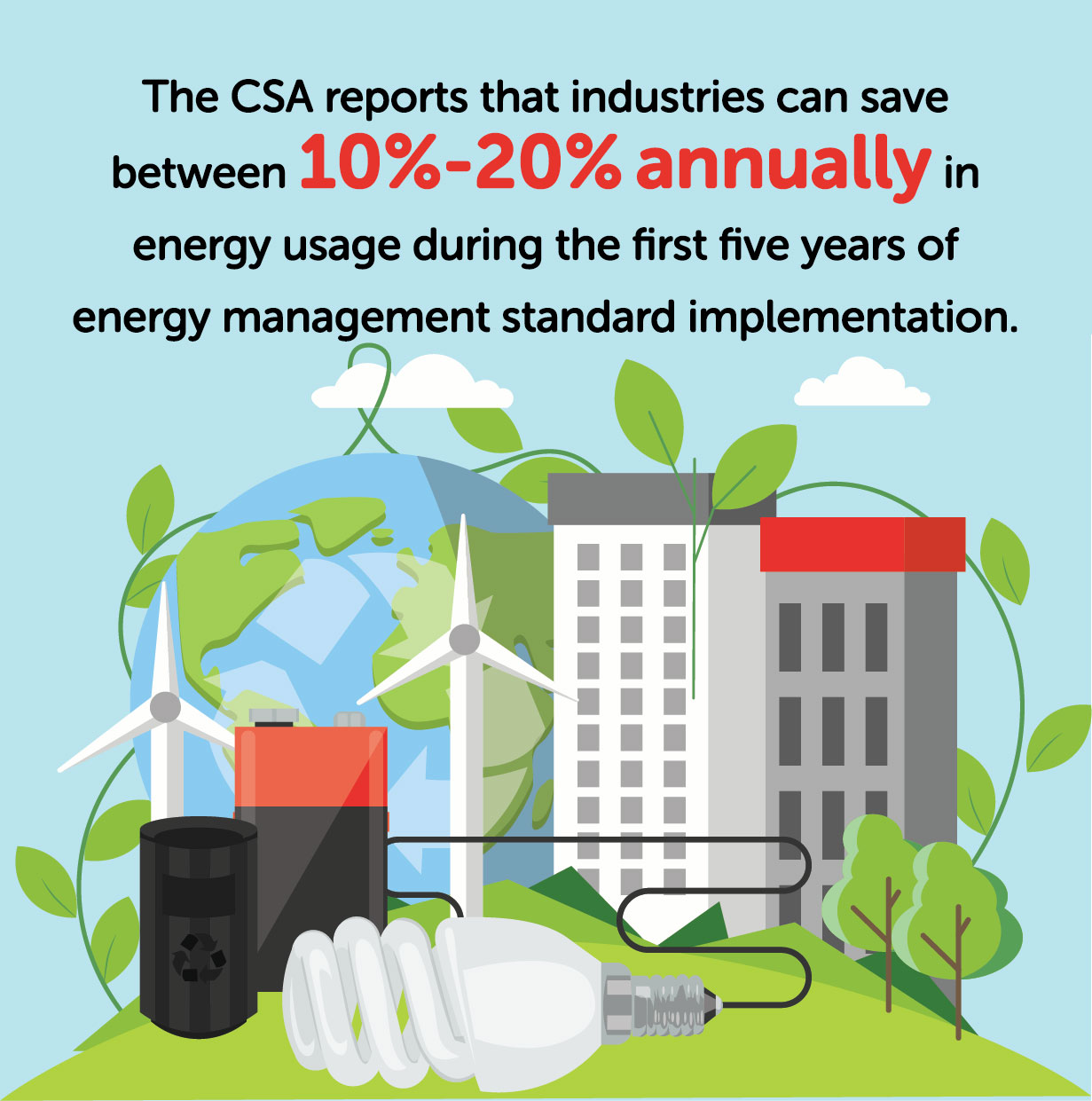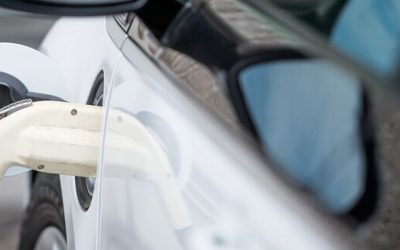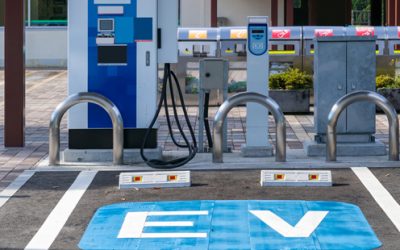Utilities can deliver peace of mind to the customer EV experience.
Utility-sector energy efficiency programs began in the 1970s when the energy crises gave rise to the new concept of “energy conservation” to help homeowners cope with soaring energy prices. Since then, energy efficiency has evolved to become recognized as an integral and highly valuable element of utility investments and operations. Utility energy efficiency programs have yielded significant energy and economic benefits to the utility system and to ratepayers. Energy efficiency programs have also led to job growth in many fields, including the building trades.
As millennials are coming of age and establishing their own households, utility energy efficiency programs have a new and enthusiastic audience. In an effort to determine millennials’ needs and desires regarding energy usage, the Smart Energy Consumer Collaborative (SECC) conducted research on millennials’ thoughts on energy efficiency, utility member service, renewable energy sources, the smart grid, electric vehicles and utility programs. The results revealed that millennials are very interested in energy conservation both for financial and environmental benefits.
Energy Efficiency as a Resource
According to Ryan Katofsky in his Utility Dive article entitled Energy Efficiency as a Resource: The Power of Getting More From Less, “EE is widely recognized as the lowest cost resource for meeting electricity needs. Strong EE polices and investments help keep electricity bills low for all by reducing the need for new and expensive generating assets, as well as new transmission and distribution infrastructure.”
The building efficiency sector accounted for $82.6 billion in 2018 revenue, providing 436,000 Canadian jobs associated with energy efficiency. As of 2022, the Canada Energy Regulator reported that 82% of the nation’s electricity is from non-emission sources, such as hydropower.
Many utilities have been aligning with energy efficiency initiatives with good results.
Renewable Energy
Nearly 65% of all electricity in Canada was produced by renewable sources in 2022, including hydroelectric dams, wind, and solar. That’s up from 16.2% in 2019, with the shift driven by new hydroelectric, the end of droughts in the western U.S., and a dip in the share of natural gas generation. The top four provinces for renewable energy are British Columbia, Ontario, Quebec,and Newfoundland and Labrador. However, according to scientific website Born to Engineer, when it comes to energy efficiency, all forms of renewable energy are not created equal. They evaluated the energy efficiency of each renewable source by calculating the costs of the fuel, the production, and the environmental damages. The winner was wind power by a wide margin over all the other sources. It was followed in order by geothermal, hydro, nuclear and solar.
The growth in popularity of renewable energy has put greater stress on the grid.
Energy Management
Energy management is the process of tracking and monitoring energy to conserve usage in a building. According to Enertiv, this is an important discipline that leads to reducing operating costs, as energy represents 25% of those costs, and reducing carbon emissions in order to meet internal sustainability goals and regulatory requirements. Additionally, reducing energy reduces exposure to energy price increases or supply shortages that can affect profitability. Energy management typically involves:
Metering energy consumption and collecting data; finding opportunities to save energy, and estimating how much energy each opportunity could save; taking action to target the best opportunities to save energy; and tracking progress by analyzing meter data to see effectiveness of actions.
Evaluation, Measurement and Verification (EM&V)
EM&V is the collection of methods and processes used to assess the performance of energy efficiency activities so planned results can be achieved with greater certainty and future activities can be more effective. Efficiency Canada states that “EM&V is important for demonstrating program effectiveness, increasing transparency and building support for energy efficiency programming.
Energy Conservation and Efficiency Programs – Home
As approximately one-third of energy consumption is from industrial activities, energy efficiency in this area is an important component of overall conservation. The CSA estimates that most industrial facilities can improve their total energy usage 10-20 percent annually with improvements in electrical efficiency. Natural Resources Canada, or NRCan, recommends that utilities investigate the types of manufacturing plants within their territories, such as ENERGY STAR sector-specific benchmarking tools, known as ENERGY STAR Plant Energy Performance Indicators (EPIs). These can be used to evaluate the performance of individual plants and the range of energy performance within in a given industrial sector. For instance, a province could use the EPI to calculate how far from the industry average a particular cement plant is for its energy, which can help inform the level of effort required to improve this plant’s energy efficiency.
Energy Conservation and Efficiency Programs – Home
Want to Learn Even More?
Related Articles
Wisconsin Resident’s Hybrid Approach to Saving Money and the Environment
When Steven M. of Hartland, Wisconsin, saw a Thanksgiving promotion at a local auto dealership for hybrid vehicles, he saw an opportunity to save money, both on the initial purchase of the vehicle and on fueling it, and at the same time help the environment....
Utilities Lead in Building Out EV Charging Networks
One of the biggest obstacles to wider adoption of electric vehicles (EVs) is range anxiety and “charging deserts,” or disadvantaged areas where public charging stations are not readily available. Currently, there are 5,000 EV charging stations in Canadas. There is no...
Electric Vehicles Expand Energy Equity Opportunities
The transportation sector is the second largest CO2 producer in Canada, just behind the oil and gas industry. In a move to lower the country's current emission rates, the Government of Canada has taken immediate actions to reduce CO2 emissions to net-zero by 2050...

